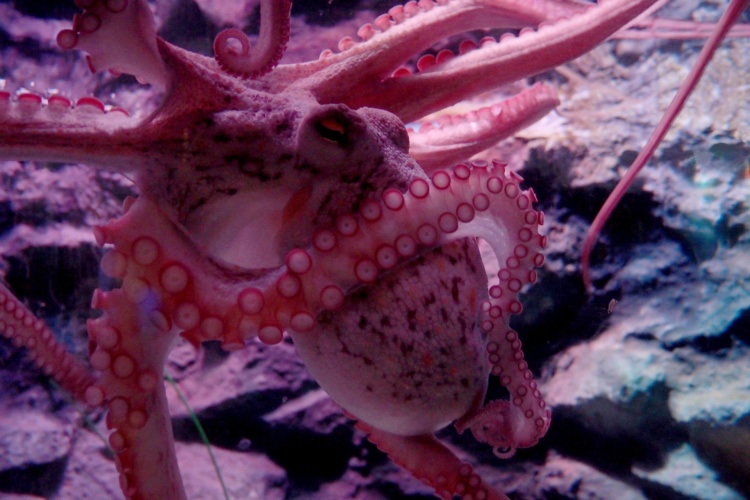
The application of cell or tissue sheets to treat injured or diseased tissues has become increasingly widespread in recent years. However, gripping and safely transplanting these fragile tissues is an extremely challenging process.
The new device, developed by a team at the University of Illinois at Urbana-Champaign in the US mimics the way an octopus or squid can pick up both wet and dry objects of all shapes with small pressure changes in their muscle-powered suction cups, rather than a sticky chemical adhesive.
Current methods of transferring the sheets involve growing them on a temperature-sensitive soft polymer that, once transferred, shrinks and releases the thin film. However, this process takes 30-60 minutes to transfer a single sheet, requires skilled technicians and runs the risk of tearing or wrinkling, explained Professor Hyunjoon Kong, who led the study, which is published in the journal Science Advances.
Seeking a way to quickly pick up and release the thin, delicate sheets of cells or electronics without damaging them, Kong's group (along with collaborators at Purdue University, the University of Illinois at Chicago, Chung-Ang University in South Korea, and the Korea Advanced Institute for Science and Technology) turned to the animal kingdom for inspiration.
The group designed a manipulator made of a temperature-responsive layer of soft hydrogel attached to an electric heater. To pick up a thin sheet, the researchers gently heat the hydrogel to shrink it, then press it to the sheet and turn off the heat. The hydrogel expands slightly, creating suction with the soft tissue or flexible electronic film so it can be lifted and transferred. Then they gently place the thin film on the target and turn the heater back on, shrinking the hydrogel and releasing the sheet. The entire process takes about 10 seconds.
Next, the researchers hope to integrate sensors into the manipulator, to further take advantage of their soft, bio-inspired design. "For example, by integrating pressure sensors with the manipulator, it would be possible to monitor the deformation of target objects during contact and, in turn, adjust the suction force to a level at which materials retain their structural integrity and functionality," Kong said. "By doing so, we can improve the safety and accuracy of handling these materials. In addition, we aim to examine therapeutic efficacy of cells and tissues transferred by the soft manipulator."




Poll: Should the UK’s railways be renationalised?
The term innovation is bandied about in relation to rail almost as a mantra. Everything has to be innovative. There is precious little evidence of...